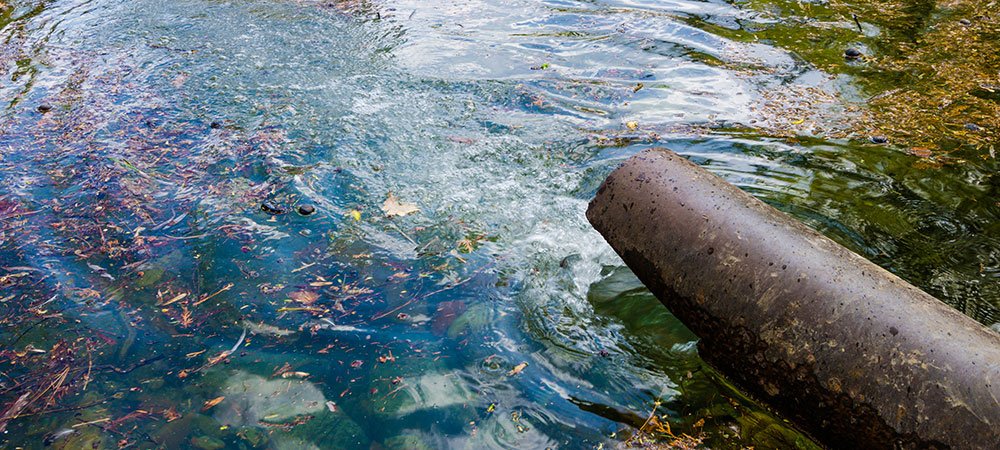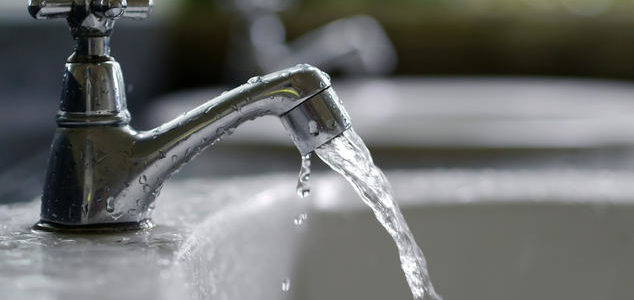When contaminants get into water sources, the water is no longer safe to drink, cook with, clean with, swim in, or do other things with. Chemicals, trash, bacteria, and parasites are all examples of pollutants. All kinds of pollution end up in the water in the end.
Pollutants in water can come from sources that are either close together or far apart. A point source is a pipe or channel, like one used by an industrial site or a city sewer system to get rid of waste.
A “scattered source”, also called a “nonpoint source,” is a large, open area, like agricultural runoff, from which a lot of different pollutants get into a body of water. Point sources of water pollution are easier to control than sources that are spread out, because the dirty water has been collected and moved to one place where it can be cleaned.
Pollution that comes from many different places is hard to control, and even though sewage treatment plants have changed a lot over the years, pollution from many different places is still a big problem.
Waste Water From The House

Most of the pathogens (bacteria that cause disease) and organic materials that can break down in sewage come from homes. Because feces contain bacteria, it is likely that all sewage from cities and towns contains some kind of pathogen, which is a direct threat to public health. On the other hand, putrescible organic matter is a unique threat to the quality of the water.
As bacteria and other microbes naturally break down organic matter in sewage, the amount of dissolved oxygen in the water goes down. This hurts the quality of lakes and streams, which need a lot of oxygen to grow and be healthy.
Pathogens and organics in wastewater are reduced by sewage treatment, but they are not completely removed (see also wastewater treatment).
Sewage From Homes
There are a lot of plant nutrients in sewage, especially nitrates and phosphates. Algae grows when there are too many nitrates and phosphates in the water. This causes algal blooms, which are thick, fast-growing growths.
When algae die, there is less oxygen in the water because bacteria eat them. This is because bacteria need oxygen to break down algae (see also biochemical oxygen demand).
Anaerobic organisms don’t need oxygen to live. When they break down organic waste, they make gases like methane and hydrogen sulfide that are poisonous to aerobic organisms.
Eutrophication is the process by which a lake goes from being clean and clear with a low concentration of dissolved nutrients and a well-balanced aquatic population to being rich in nutrients and full of algae, and then to being low in oxygen and full of waste. Eutrophication is a slow and natural process that can’t be stopped.
But when human activity and water pollution make it worse (a process called “cultural eutrophication”), it can cause a body of water to get old and die before its time.
What Happens To Groundwater And The Oceans When Water Is Polluted
Many people get their drinking water from groundwater, which is water stored in underground rock formations called aquifers. About half of the people in the United States get their drinking water from groundwater.
Even though groundwater looks clean because it filters naturally as it moves slowly through layers of earth, it can still be contaminated by chemicals, bacteria, and viruses that have dissolved in it.
Chemical contaminants can be found in subsurface sewage disposal systems (like septic tanks), industrial waste dumped in improperly lined or unlined landfills or lagoons, leachates from unlined municipal waste landfills, mining and oil production, and leaking underground storage tanks under gas stations.
Due to urbanization and industrialization, more groundwater is being taken out of coastal areas, which can lead to saltwater intrusion. When the water table goes down, seawater flows into wells.
